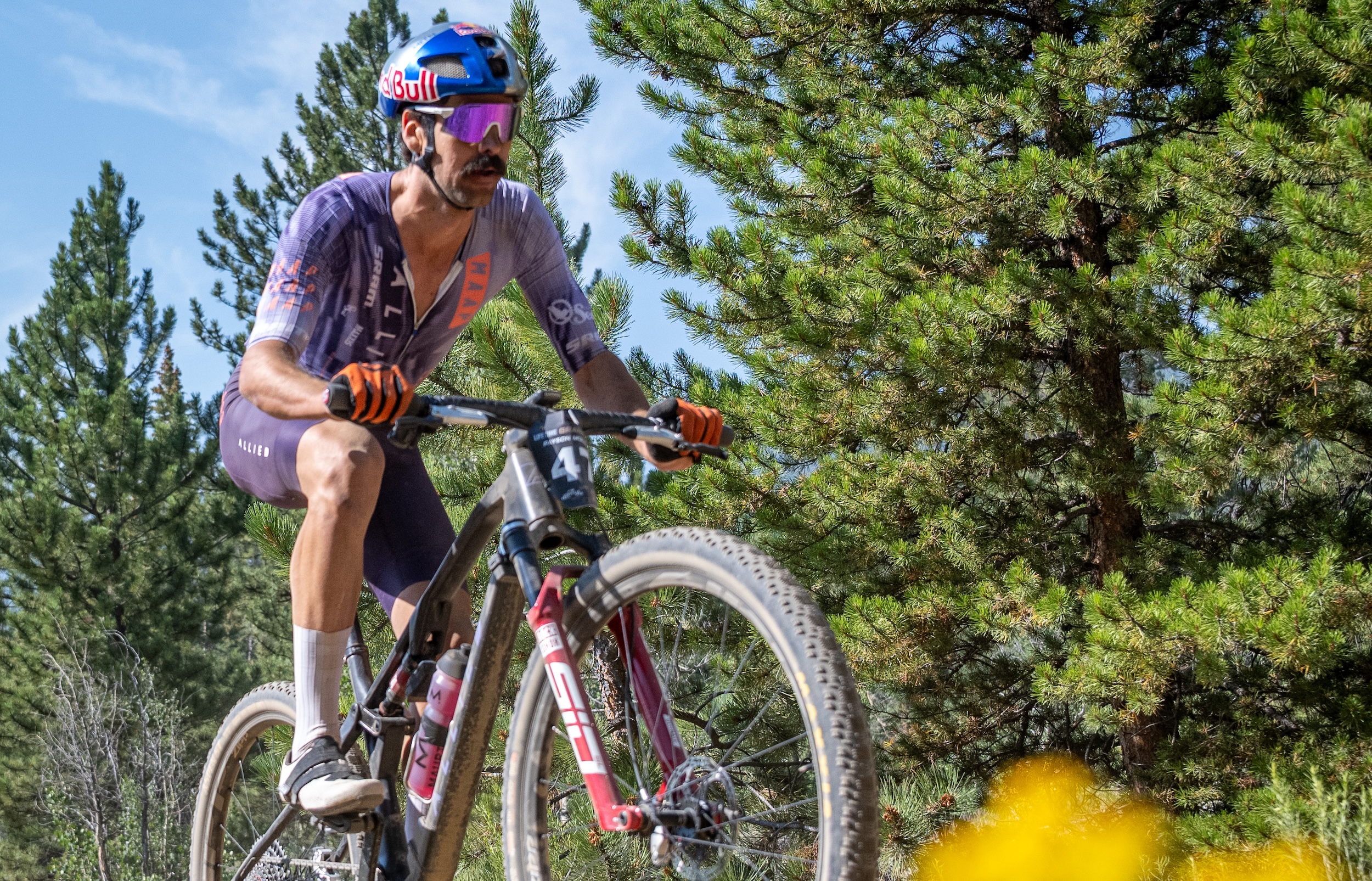Trek launches 2010 Madone range
Lighter, stiffer and more integration for new Trek 6 Series Madone
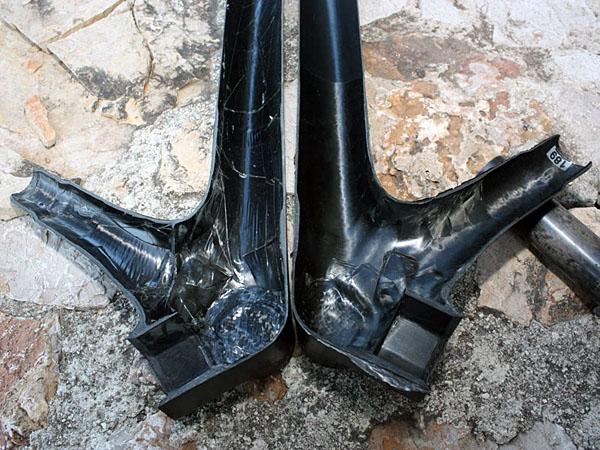
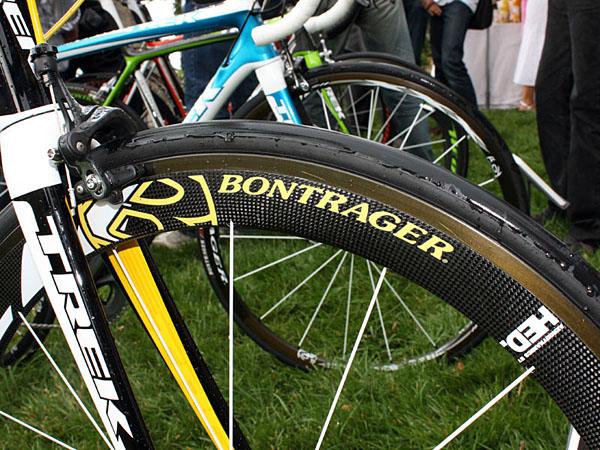
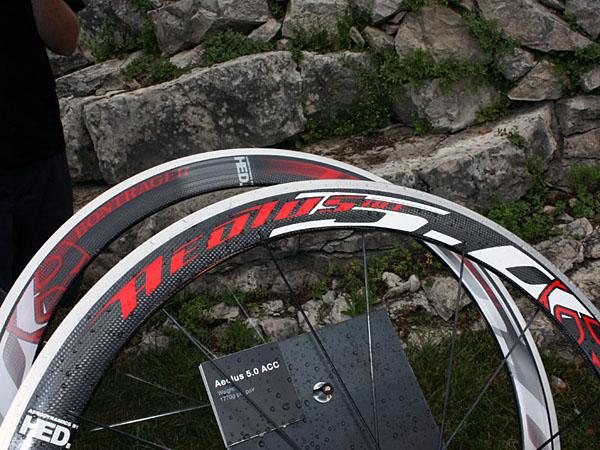
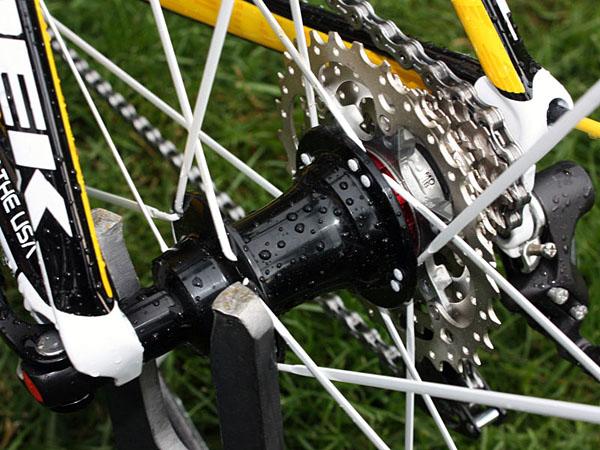
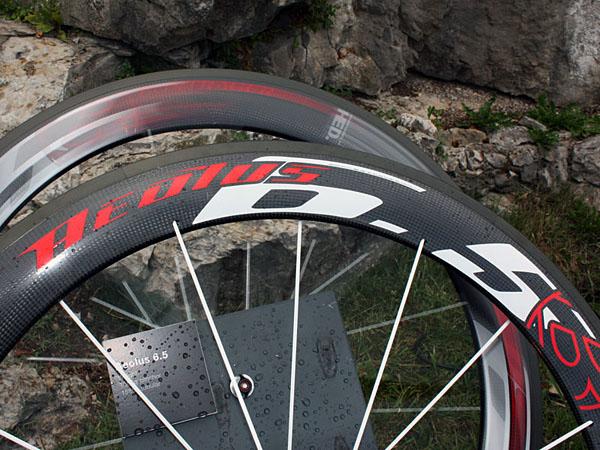
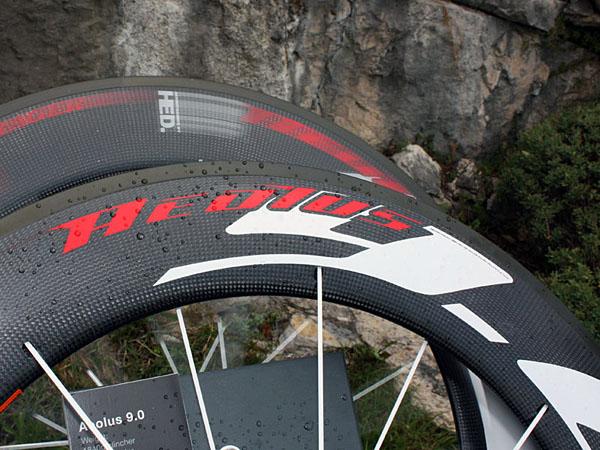
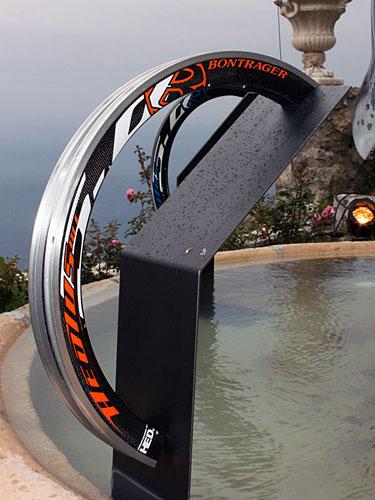
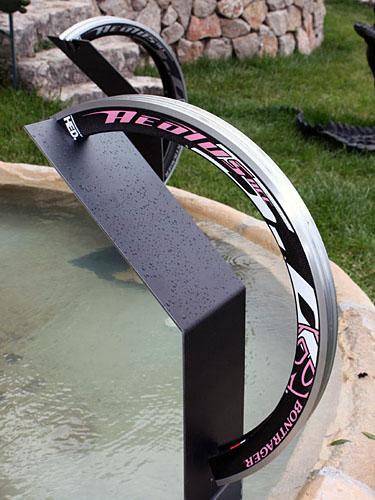
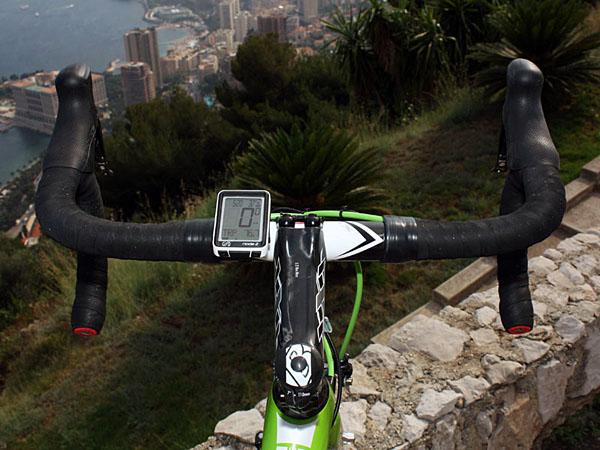
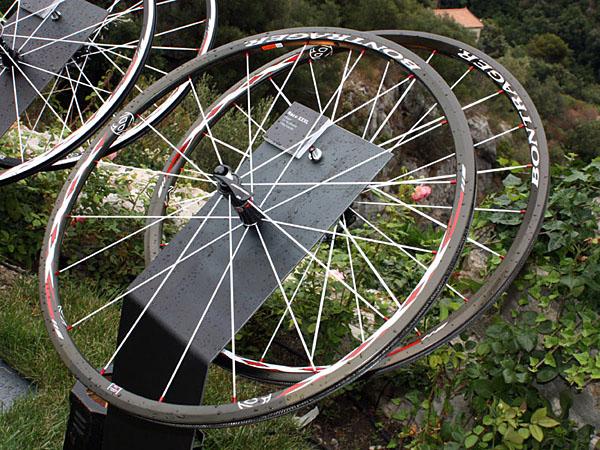
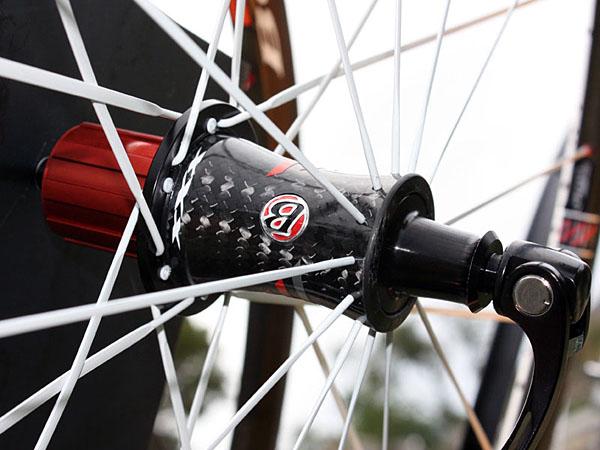
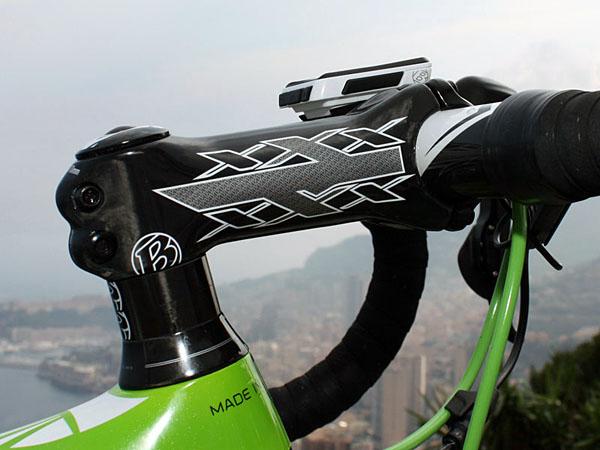
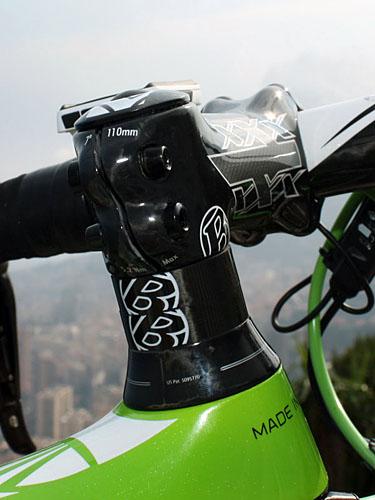
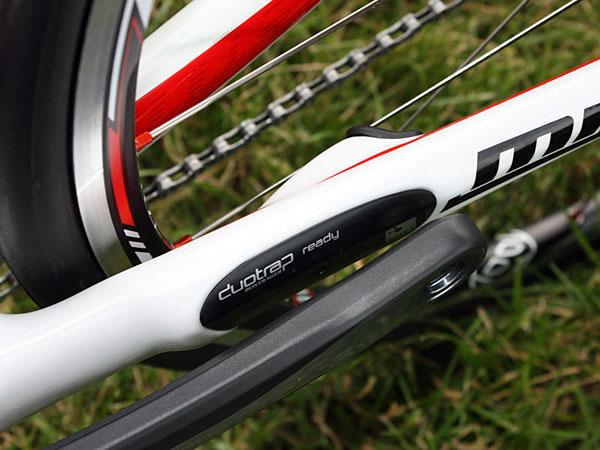
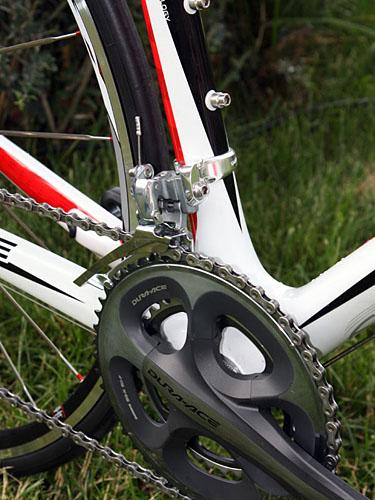
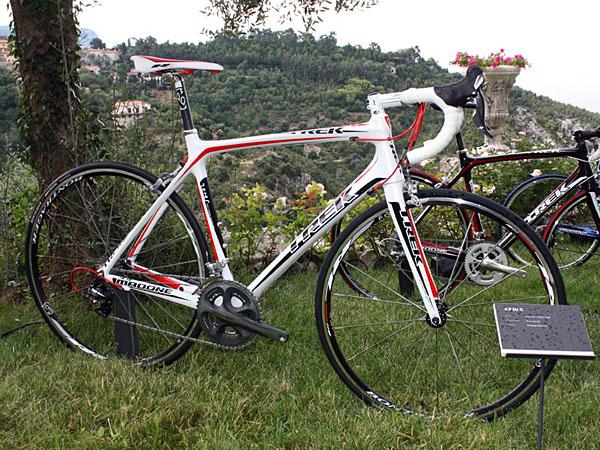
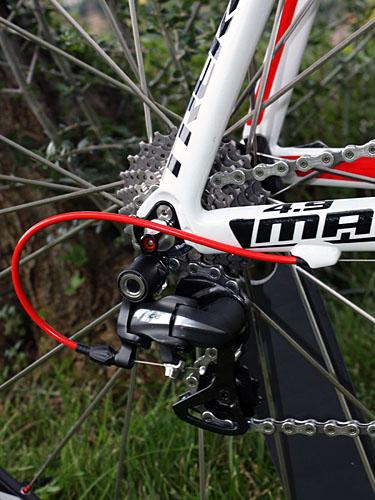

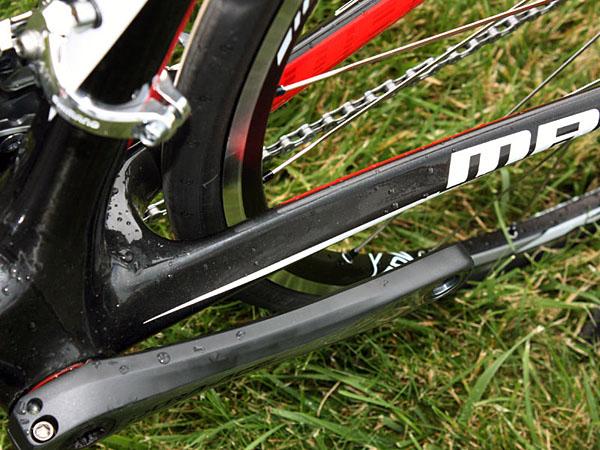

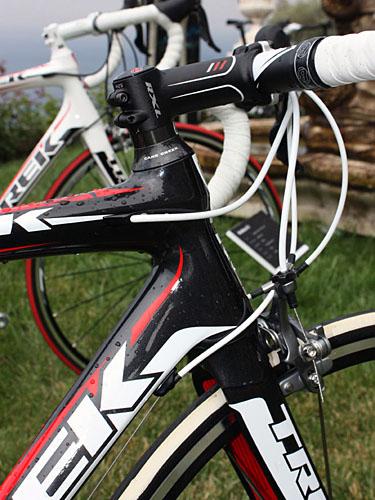
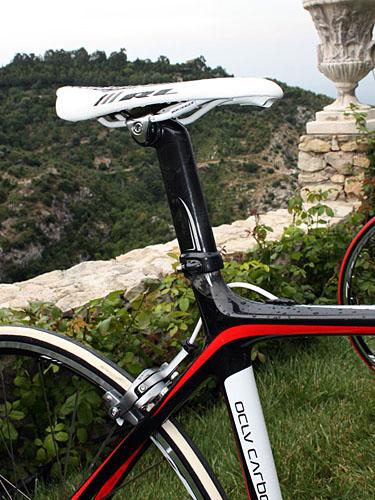
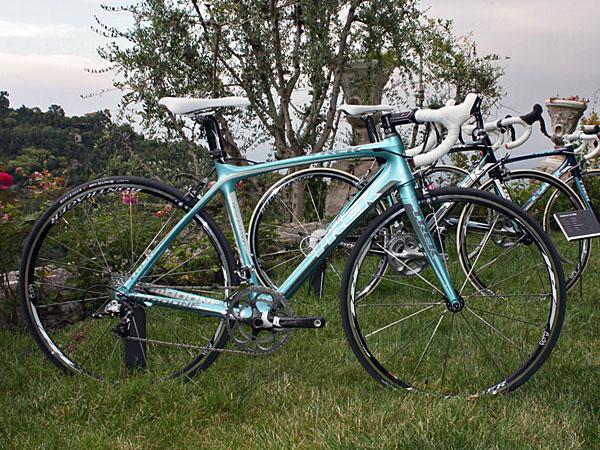
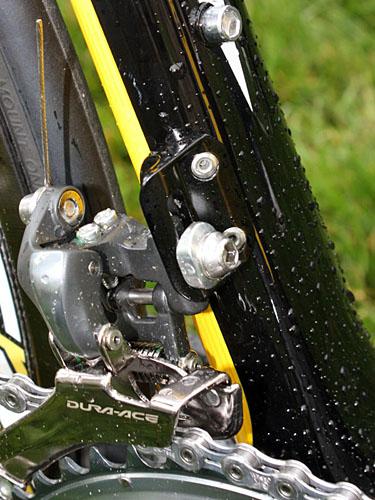
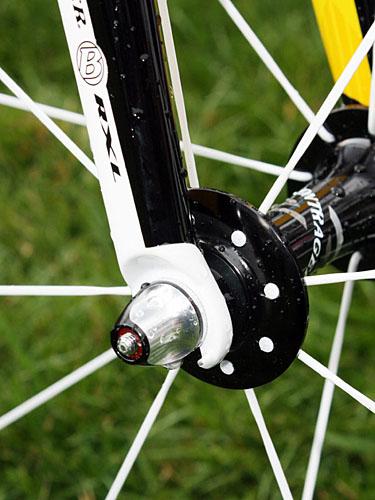
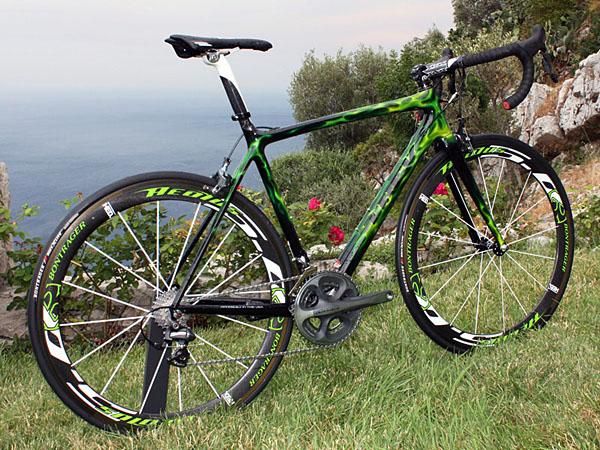
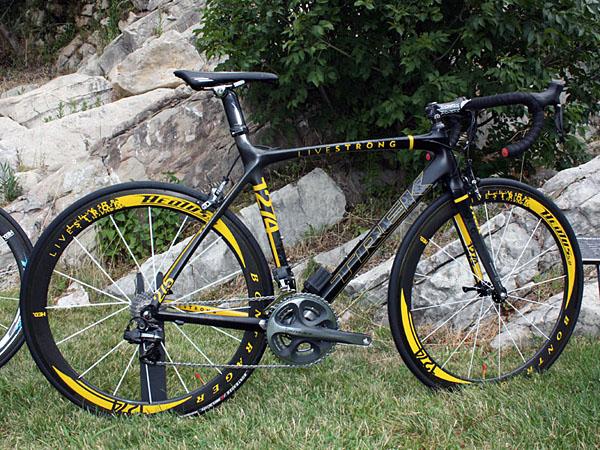
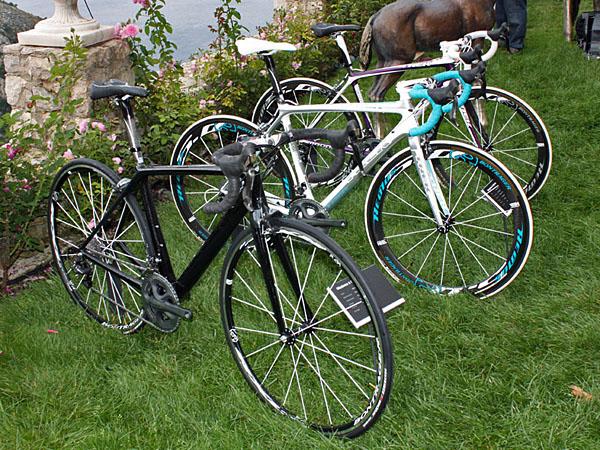
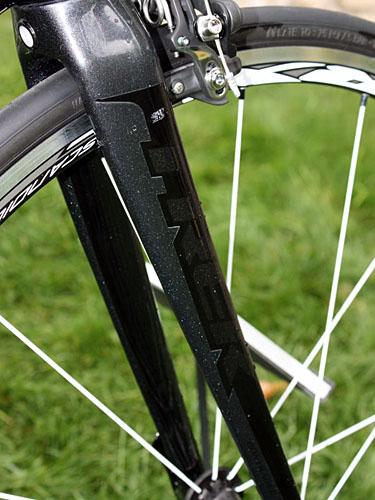
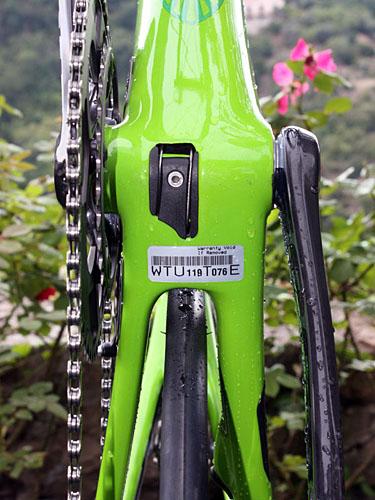
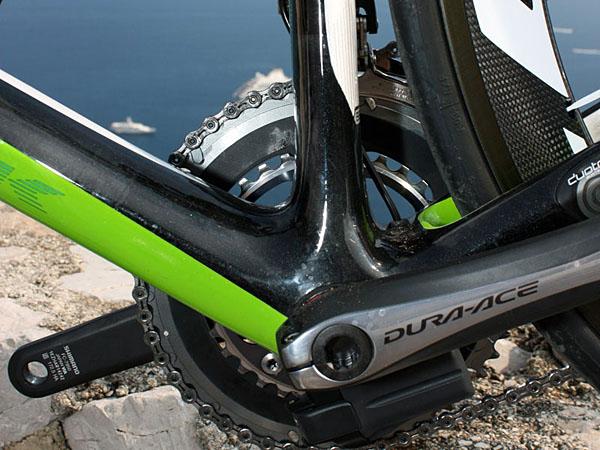
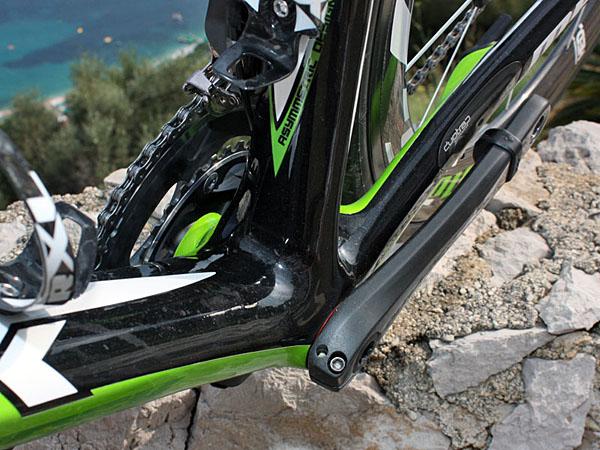
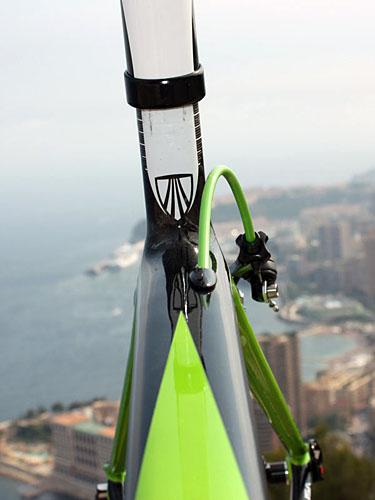
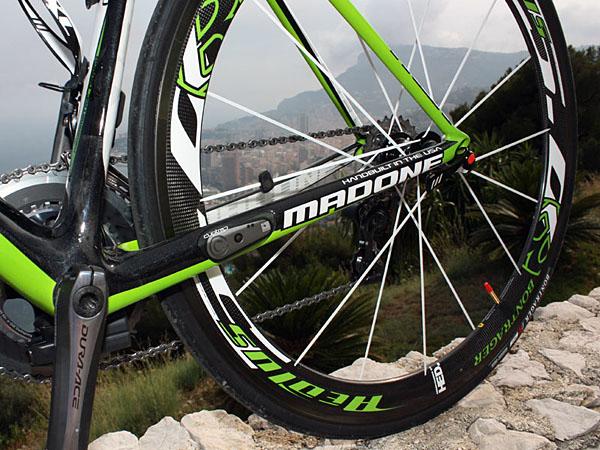
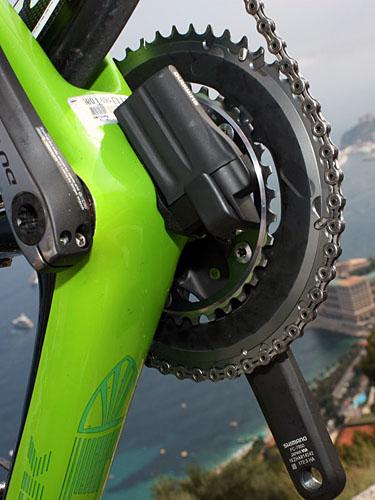
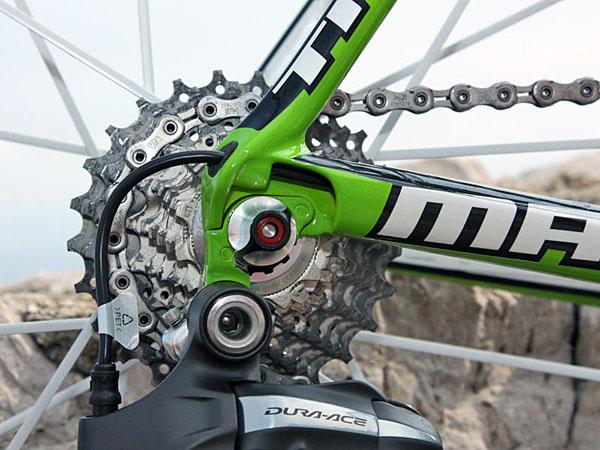
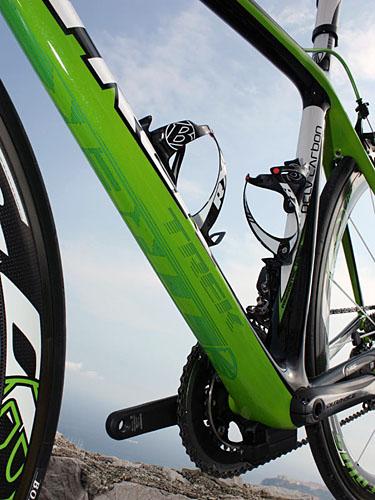
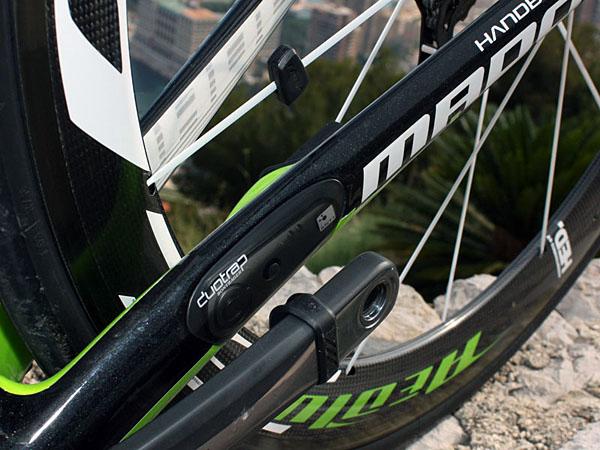
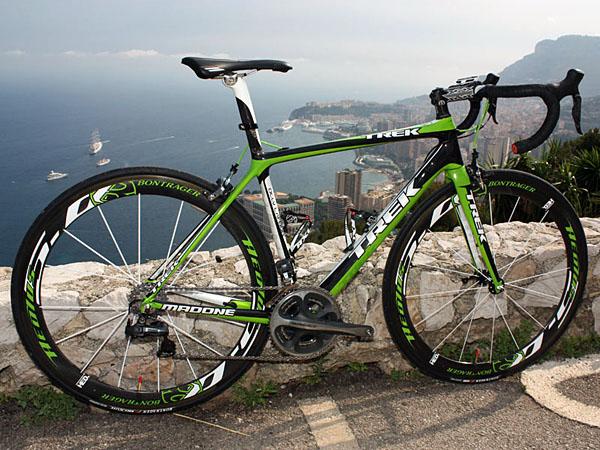
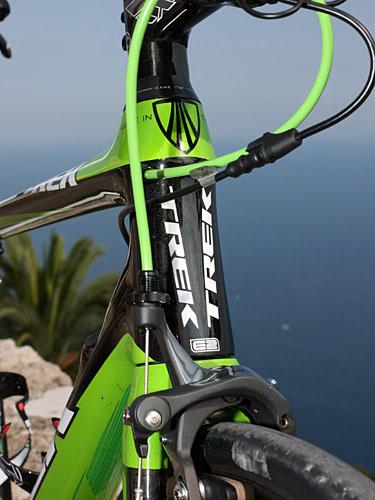

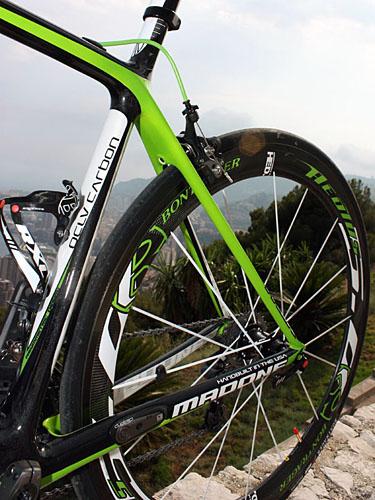
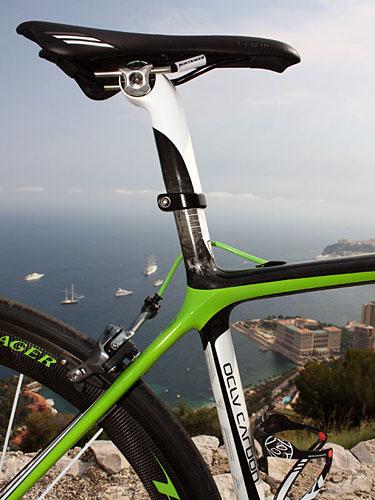
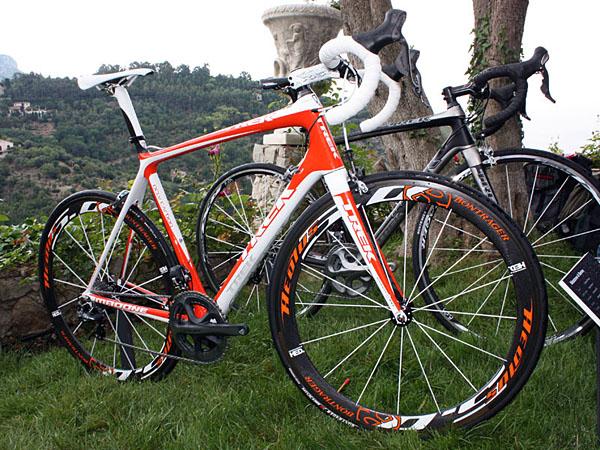
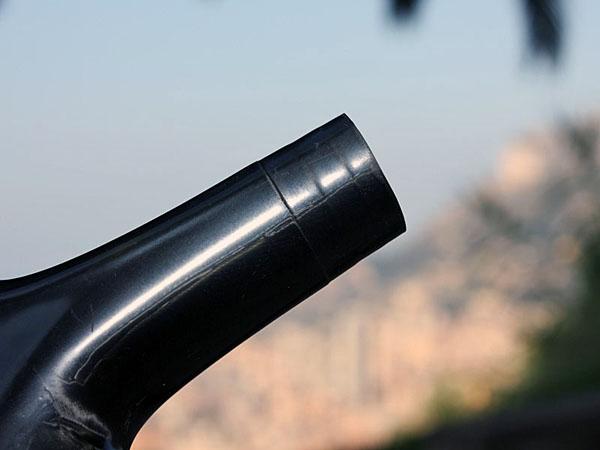
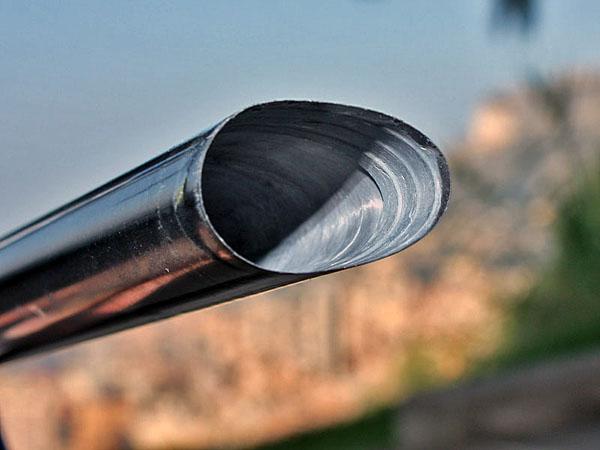
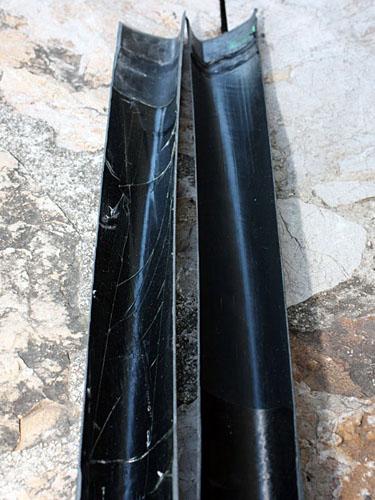
Lance Armstrong, Alberto Contador, Levi Leipheimer and the rest of their Astana team will use the next generation of Trek Bicycles' flagship Madone road bike in this year's Tour de France. According to Trek, the new '6 Series Madone' is now 150g lighter than the previous version but also 10 percent stiffer at the bottom bracket, 17 percent more rigid in front triangle torsion, and also more comfortable to boot.
Frame weight is down to 890g (100g lighter than the current version), the tapered E2 carbon fork drops 30g to 350g, and the new 140g seatmast cap loses another 20g.
Though those figures by themselves may not be terribly noteworthy compared to some of the Madone's competition, Trek is quick to point out that the 1,380g 'fuselage' figure (frame, fork, and seatmast cap) is more impressive when you consider the weight saved through the integrated bottom bracket bearing cups (-40g), the now round-profile no-cut mast (-60g) and the fork's built-in crown race (-10g).
True, even with the savings the new bike still isn't as light as frames such as the Scott Addict and Cervélo R3-SL but Trek feels the 6 Series Madone's more balanced portfolio of performance features makes up for the modest extra mass; the system weight is still well within the ballpark.
The additional stiffness and quicker reflexes come courtesy of refined tubing shapes. The down tube is still nearly 80mm wide but takes on a more polygonal profile, the seat tube is far broader at the bottom bracket than last year's version, and the asymmetrical chain stays have grown considerably. Moreover, the new aluminum rear dropouts have a deeper profile and more surface contact with the ends of the stays.
Even so, total surface area on the 6 Series Madone has actually gone down about three percent thanks to more efficient use of material. As Trek road product manager Tyler Pilger puts it, "The more accurate we can be, the less material we have to throw into the frame and the most consistent the ride quality as well."
An example of that would be Trek's 'Resin Right' moulding procedure, which yields a far smoother and more consistent finish with less excess material - the inner surface now looks as good as the outer surface - while a clever StepJoint bond interface geometry reduces the number of redundant carbon layers between frame sections. Instead of just necking down one side to fit within another, each side now uses progressively fewer carbon layers, thus producing the distinctive stepped appearance. When bonded together and overwrapped, the joint has the same number of carbon layers and tube wall thickness as the surrounding area.
The latest race content, interviews, features, reviews and expert buying guides, direct to your inbox!
Pilger adds that uniform wall thickness lends a more consistent ride quality throughout the tube length while the revised tube profiles also have more fore-aft and vertical flex built in for a smoother ride. Though much wider than before, the seat tube is also flatter front-to-back, the seat stays have decreased slightly in size, and the 6 Series' novel asymmetrical steerer tube base uses bulged sides for surer cornering but scalloped front and rear surfaces to retain some movement over bumps.
The 6 Series Madone will also usher in a new level of component integration for Trek. In addition to the extant built-in bearing seats and seatmast, cable routing is now fully internal though easily convertible housing stops compatible with either conventional cable systems or Shimano's new Dura-Ace Di2 electronic drivetrains.
Rear brake routing is cleaner than ever with an entry point right in the front of the head tube and exit on top of the top tube - away from the rider's legs - and the trick bottom bracket cable guide can also double as a mounting point for the Di2 battery and cable harness. Dead-straight cable paths and the lack of internal guide liners cut down on friction, too.
Moreover, Trek has one-upped the SpeedTrap recessed wireless speed sensor pocket concept first used on its lower-end Madone forks with a new DuoTrap receptacle built into the non-driveside chain stay of the 6 Series Madone. The dual-purpose transmitter picks up both speed and cadence signals and can then send it to either Trek's own Bontrager NODE computer head or any number of ANT+-compatible devices such as SRM's PowerControl VI or the Garmin Edge 705.
Trek will even use a new method for ordering and building the new bike, using the customisable Project One model for all 6 Series Madones - buyers will be able to mix and match from five no-added-cost colours, a range of drivetrains, any Bontrager wheelset (and ten decal colours), a wealth of finishing kit and even housing, brake hood and bar tape colour.
Of course, the usual options such as stem length and angle, bar width, crankarm length and gear ratios still apply. Special 'Signature Series' versions with more elaborate paint schemes and logo colours will also be available, in addition to Armstrong's trademark yellow-and-black 'Livestrong' theme if you're so inclined.
Trek says the new Madones are already in production and shipping imminently. Claimed lead time is less than seven business days "for 95 percent of orders" in the US and fewer than 30 for European markets. Final pricing is still to be determined.
A mix of new and old for other Madone lines
Last year's Madone carries on as the 5 Series, all with Trek's mid-level OCLV Black carbon construction, but a new 4 Series lineup will join the Madone family for '10.
Unlike the US-built 5 Series and 6 Series, the 4 Series will be built in Asia using Trek's TCT carbon technology and will use a conventional round seatpost and standard threaded bottom bracket shell. Trek claims a 15 percent bump in bottom bracket stiffness compared to the outgoing frame however, and the non-driveside chain stay will also accept the new DuoTrap computer sensor.
Updated Bontrager wheels and cockpit components
The biggest news in Trek's Bontrager componentry arm is a move away from paired spoke patterns across the entire wheel line. According to Trek, paired lacing was necessary to avoid the 'snaking' that can afflict ultralight rims under high spoke tension but the latest generation's wider rim profiles - now used on all Bontrager road wheels - are now supposedly stiff enough to handle the load.
Additionally, the reduced point stresses resulting from having just one spoke at a section of rim instead of two allowed Bontrager's wheel engineers to lighten their carbon rims by 30g per pair.
Bontrager will also use its own hub designs for all of the '10 road wheels save for the Race XXX Lite, which will carry on with carbon-shelled hubs made by DT Swiss. According to Bontrager, the 15mm-diameter alloy axles are stiffer and more durable, engagement speed has quickened from 20 to 15 degrees, and the new three-pawl driver mechanism has a higher load capacity. Spoke flanges have also been reshaped for better aerodynamics.
In addition, the '10 Race X Lite will feature a new scandium-enhanced aluminum rim that saves 40g per pair relative to last year.
Bontrager's popular Race XXX Lite carbon drop bar and Race XXX Lite carbon stem will also get substantial facelifts. The bar now uses slightly forward-swept tops to reduce forearm interference while in the drops while the drops themselves extend further back to provide more room for your hands to grip. Claimed weight remains unchanged at 180g.
The new Race XXX Lite is now approved for both road and mountain use and features an HCM carbon fibre body, a pared-down alloy four-bolt faceplate and replaceable steerer clamp hardware. Even with the hardened steel hardware (Trek is averse to using titanium bolts), claimed weight is still a feathery 120g for a 110mm length.
